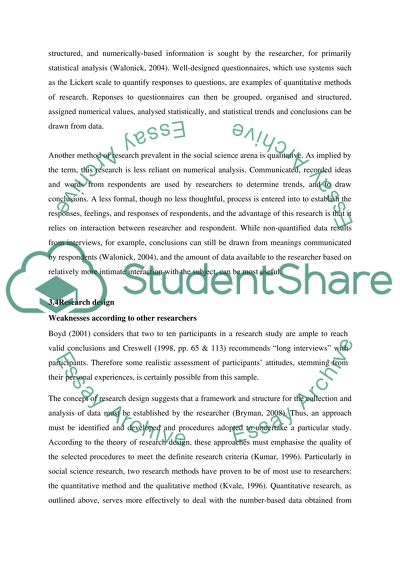Cite this document
(“Face-to-face and distance training Essay Example | Topics and Well Written Essays - 4250 words”, n.d.)
Retrieved from https://studentshare.org/education/1394052-mthodology
Retrieved from https://studentshare.org/education/1394052-mthodology
(Face-to-Face and Distance Training Essay Example | Topics and Well Written Essays - 4250 Words)
https://studentshare.org/education/1394052-mthodology.
https://studentshare.org/education/1394052-mthodology.
“Face-to-Face and Distance Training Essay Example | Topics and Well Written Essays - 4250 Words”, n.d. https://studentshare.org/education/1394052-mthodology.


